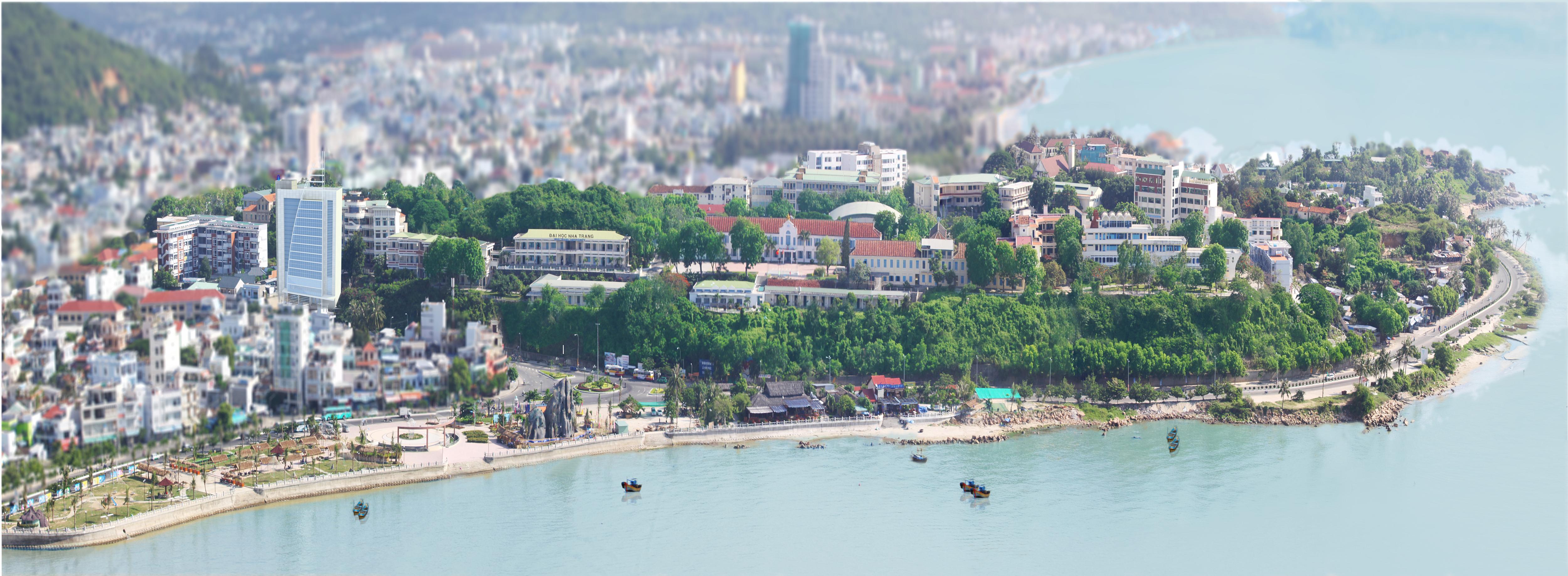Linga and Yoni worship originated from the community who live in the basin Indus, Sumerian and Dravidan race. Their beliefs associated with mother mythic power and sound of worship, of the gas as the source of all creation.
When Hinduism was born, according to the myth of Siva, the gods first appeared as a column of fire penis shape. Later, people were symbolized (Linga and Yoni) to worship Siva, Linga is considered a positive characteristic expression, Yoni was a manifestation of the spirit of the acoustic properties. Linga form combined with Yoni also called Linga-Yoni was considered a symbol of the god Siva creativity. In this form, Siva is also called “Divine sleep” part of the gas .Bo -Yoni Linga often worshiped in Cham tower, the symbol of Siva and the proliferation and development.
Linga, Yoni is worshiped not only in India, but also to be worshiped rather common in countries with the acquisition and subject to the influence of Hinduism, including the Cham at the time.
Linga and Yoni in Cham has its own characteristics and not where Linga -Yoni have many numbers, varied shape and size as at Champa. Type Linga, Yoni in Champa can be regarded as one of the manifestations of the profound influence of culture, religion of India that Cham is the most powerful expression of the factors Champa culture, religion teachers acquire Hindu.
Linga iconic sculpture in the Cham have a common characteristic is almost on top of Steam Linga often, except the very few ring-shaped or pyramid bridge. Linga has three basic types. Type just a four blocks away. Type Linga has two parts, the upper circular cylinder block, the bottom is octagonal or square blocks. The third category consists of three parts, the upper circular cylinder block, the bottom is octagonal blocks, at the bottom is square. The third type are common in Cham sculpture, is indicative notion worship three gods of Hinduism (Brama, Visnu, Siva) also known as the “most spiritual Trinity”, the extent to meant to emphasize elements in Champa kingdom. On the other hand, denotes the Linga three parts as above may have another meaning of the materialist philosophy spontaneous process of interpretation arise, development and destruction of the animals, as well as the gathering of taste dark spiritual holy trinity in Hinduism, is the explanation of the world in motion with three tendencies and basic necessity are: creation (animals born), conservation (plants exist), destroy (the material is converted into new ones) of Indian philosophy.
Also Linga also present models with face on top, called Mukha-Linga. Almost in Champa sculpture found only one case, which is in the bosom Mukha-Linga main tower Po klaun Garai and it may also wish to indicate iconic King Po klaun Garai. For this case, shows indication imply want to emphasize the combination of theocratic kingship and rigorously.
Yoni image in the Champa sculpture are diverse, generally have the major categories as type rectangle or square close, kind of round shapes and decorated with lotus petals around the block types and special Yoni round but around the chest decorated women
Linga and Yoni Often combined together to form one body Linga-Yoni collectively. The majority of each Yoni pedestal, on which is shown a Linga; but in Champa sculpture at the base case is shown on that particular lot Linga and Yoni more on Linga to be replaced by humanoid (or spirit) sit on it, as set in the main tower Po Naga Yoni Houses Page, could this be the image of the goddess Po Naga.
Currently in the outdoor exhibition area of the National History Museum is exhibiting linga – Yoni, was made of sandstone, restored 10th century 9- century, according to the form in Chien Dan towers, ruins An American area, Tam An, Phu Ninh, Quang Nam.
Linga and Yoni Thus Champa sculpture in varied forms and can be imply different meanings. Certainly not merely a symbol of the god Siva normal way of thinking. It also says that why so many different opinions about the interpretation of the iconic Linga, Yoni in Cham sculpture.
Have to say, the world linga and yoni worship My Son art at face value, heritage and reflect the cultural world a very unique beliefs of the ancient Cham. Because that is the world of spirits, of the desire to reproduce, yin and yang harmony, the creative energy and is also the world symbol of orthodoxy, and eternal authority of a dynasty created it. In particular, Siva linga and also embodies the divine protection of Champa kings, and a lot of other reasons that we have not had a chance to be understood tops industry.
Nguồn: Bảo tàng lịch sử quốc gia






